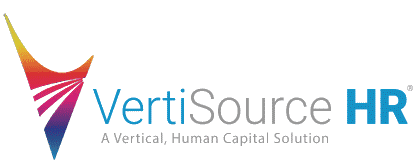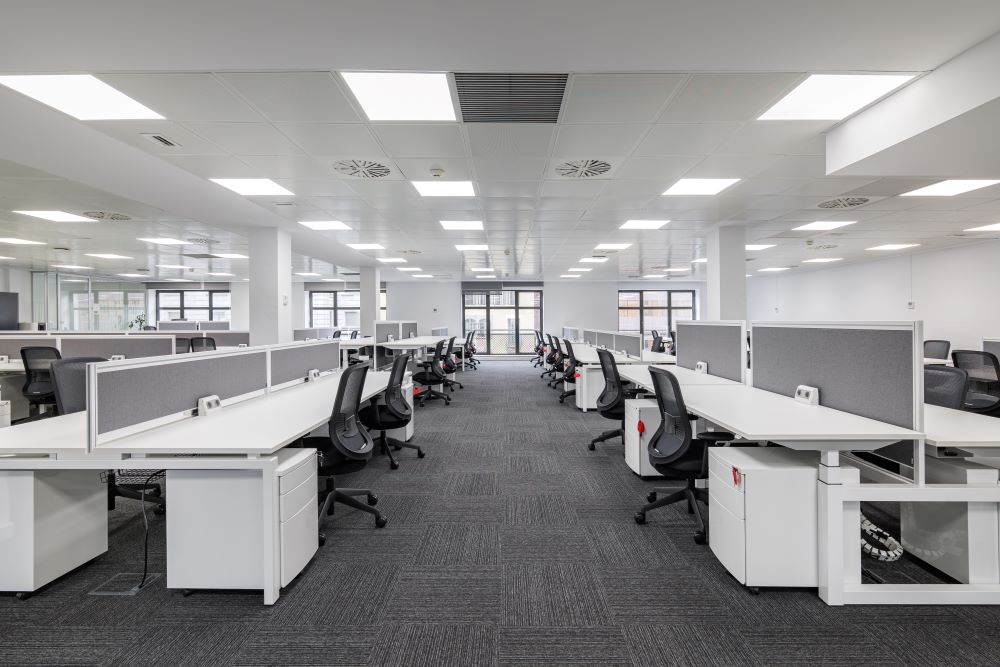Now is not a good time to own office space. Ever since the start of the COVID pandemic, being a landlord with vacant office space has been a tricky proposition. The problem has only gotten worse. According to recent data, office vacancies in the U.S. are at an all-time high. There are lessons to be learned in all of this, lessons very applicable to the HR department.
How bad is the office vacancy crisis? In San Francisco, the most recent data shows some 20% of all office space going unused. New York is experiencing its own office exodus as well. Making matters worse is the fact that, in addition to gaining back some 26 million square feet, landlords have also added 150 million new square feet to the equation.
So how do we make sense of all of this? From an HR perspective, here are four key takeaways:
1. Remote Work May Be Here to Stay
Roughly 90% of all companies that sent workers home during the pandemic say they plan to be fully back in the office by the end of next year. But the eventual reality may be different. The remote work genie has been let out of the proverbial lamp. How do you get it back in?
Rather than continuing to struggle to get people to return, companies might be better off directing their efforts to improving HR so that it is better aligned with the remote work concept. Everything from employee benefits administration to training and education needs to be adapted to the remote environment. There is no better time than now to begin that adaptation.
2. It May Be Time for a New HRIS Solution
A company’s human resource information system (HRIS) is the data linchpin that holds HR and management together. If it turns out that an employer isn’t going to be able to get its people back to the office, a new HRIS solution may be in order.
HRIS platforms must keep pace with the way people work. They need to keep pace with the ways HR interacts with employees working in multiple locations. Waiting until the end of next year to investigate a new platform might equate to waiting too long.
3. The Commute Has To Be Worth It
Companies intent on getting their people back into the office at all costs must now come to terms with a simple reality: commuting needs to be worth it. If nothing else, a big part of the COVID fallout was a new understanding among commuters of how much they hate the practice.
Getting people back into the office may require offering some sort of commuting subsidy to reduce expenses. It might mean changing work hours so that people don’t have to commute during the usual drive times. Getting people back into the office could mean any number of things from a commuting perspective.
4. Quality Work Is the Priority
Finally, quality work is the priority regardless of whether employees work from home or the office. So as long as remote work continues, there should be an emphasis placed on communicating across multiple platforms. HR can take a key and leading role in making sure it happens.
While companies like VertiSource HR promote things like HRIS payroll solutions, outsourced accounting, and competitive employee benefits packages, company managers and HR personnel are still grappling with remote vs. in-office work. The current office vacancy crisis only underscores just how difficult the problem is. But let us learn from that crisis rather than hoping it goes away by the end of next year.


